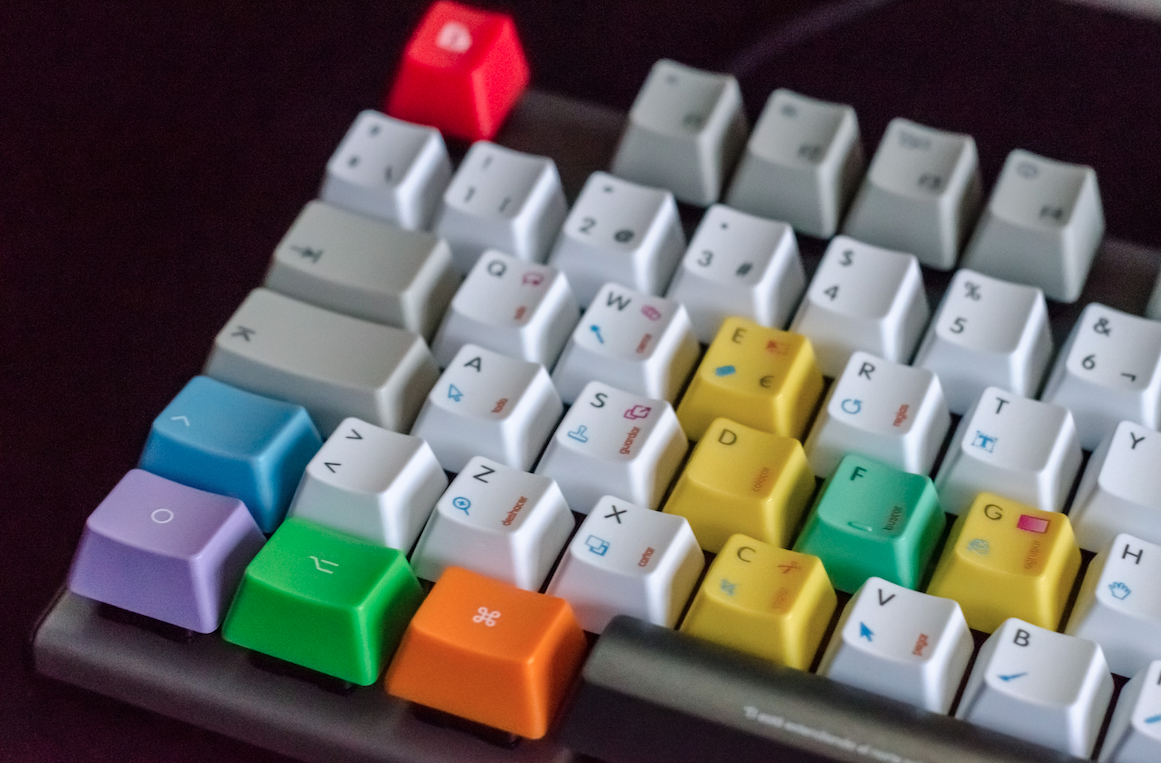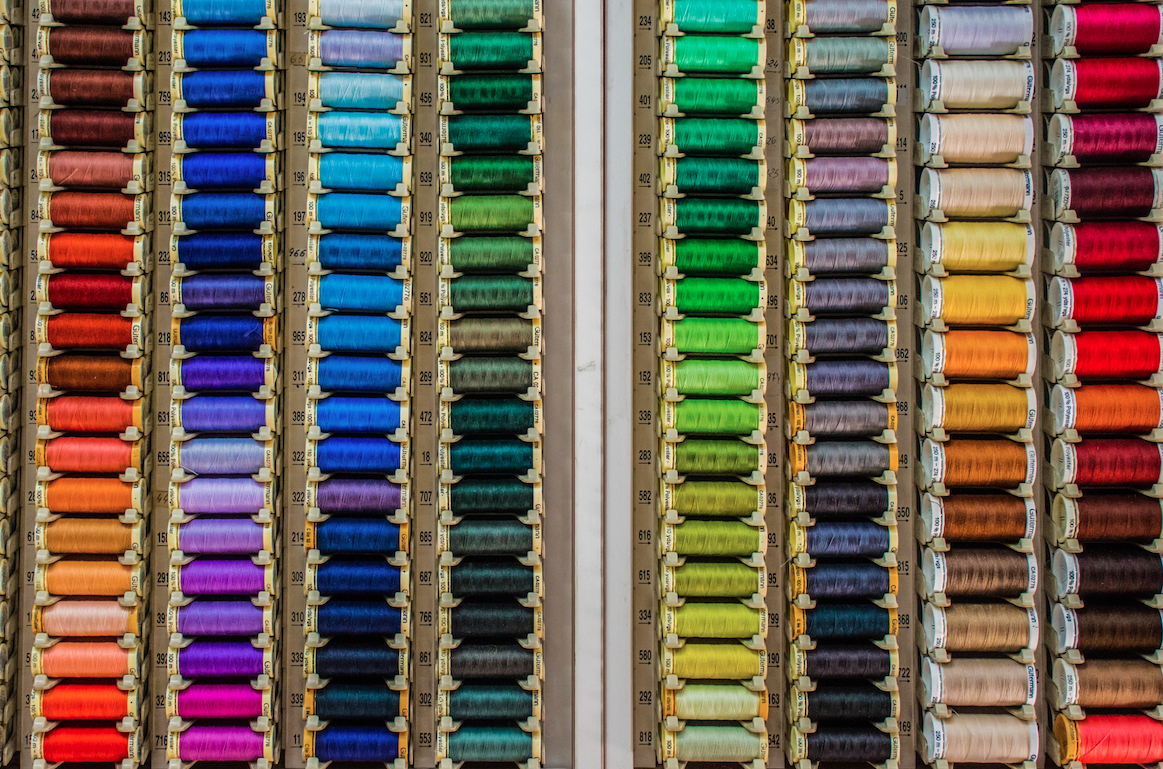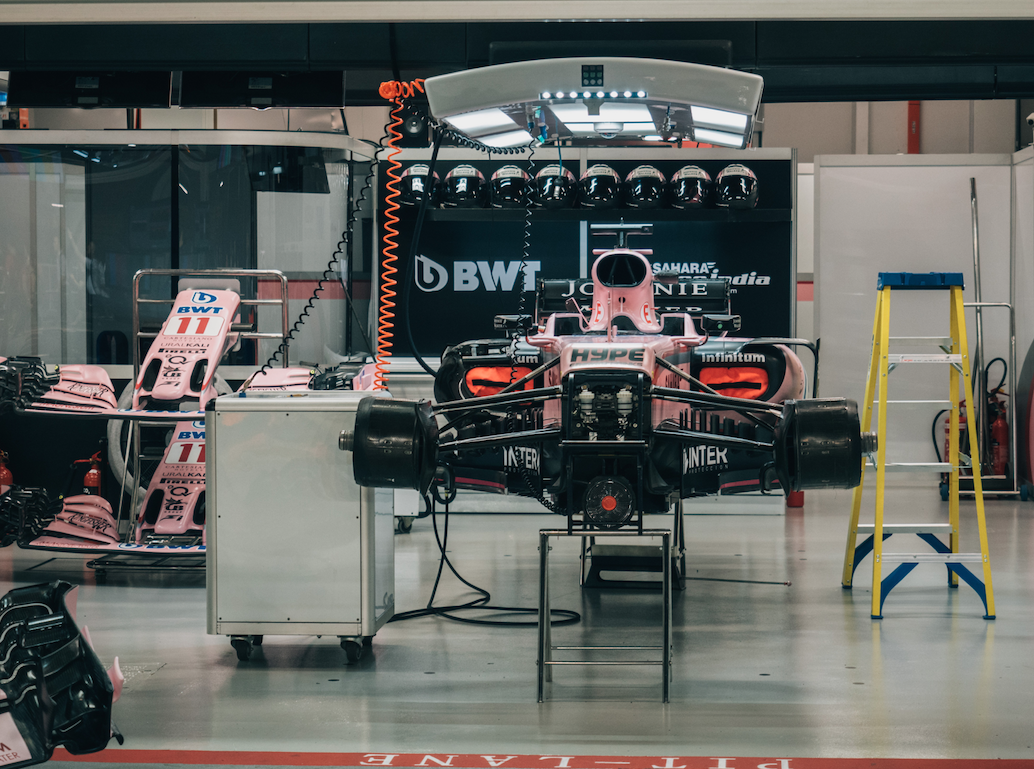10 music production hacks that will double your workflow speed
Workflow is critical for producers. We’re always trying out new ways of speeding up and sharpening our flow.
Here are 10 ideas that might help you get producing faster.

1. Identify your goals in advance
If you don’t know where you’re going, how will you know the way? There’s a definite value in freestyling when writing music, but it’s important to have an idea of what you want the finished product to sound like. Even if the end result is a million miles from what you intended, the game-plan will have kept you rooted.
The sheer volume of plugins that come with even the more basic DAWs is enough to make eyes water and brains fry. You could literally do anything you wanted!
This might sound great, but too many options and not enough direction is a recipe for confusion.
PRO TIP
Identify a couple of tracks you’d like to emulate. Don’t fret about originality – all art borrows in some way!
Lay the tracks out on muted channels inside your DAW, and every once in a while switch off your own project and listen to the reference tracks. It’s useful to keep checking in on your game-plan by reminding yourself where you’re trying to go.
Feel the vibe
If you feel you don’t know what direction you want to go from the start, that’s OK too. But do some preparation before you start aimlessly adding sounds.
Check in with yourself. What mood are you in? What vibes have you been feeling recently? What have you heard, seen or read recently that made you take notice? It doesn’t even matter if it’s music-related or not. Music generally sounds better when it’s written from a place of integrity, and recognizing what emotions or feelings are prevalent in the moment can be a great way of triggering some inspiration.
Write Chords Faster with Captain Chords
- Use Captain Plugins to write your own Chord Progressions, Hooks, Melodies and Basslines
- Export to your DAW
- Available on Mac and Windows.
Pick a key
Another, less esoteric, method of creating inspiration is to decide on a root key. We did some in depth articles on each key from A to G Sharp. In them, we discussed how each key has its own characteristic. Try cycling through the available keys in Captain Chords. The root triad will play each time you change key. Which chords sound most appealing?
You can pick one to start off with and then get to experimenting with complementary chords until you get a cool sounding progression.
Voila! A cool place to start. Now try and imagine a direction it could go in.
Lack of inspiration isn’t always an issue (although it will affect all producers at some point). Sometimes, too many ideas is the problem. This is really common in new producers, who have all the enthusiasm but not the experience to know when to streamline.
Lots of ideas are good! But this is where having a direction in mind comes in handy. You will save yourself a lot of time if you can streamline your ideas down to a few really strong elements, and go from there.
Later in the production process you might want to decorate with more ideas, but when starting out, keep it simple!

2. Learn your keyboard shorts
Faffing around with a mouse and scrolling through endless menus is a mojo-sapper. It’s one of the more frustrating aspects of working with a computer, and the reason so many producers employ MIDI controllers to keep the process as tactile as possible. Learn your DAW’s keyboard shortcuts, and you will save yourself a lot of time. You’ll also make the process feel smoother and more natural.

3. Name your files/Colour code
So simple, but saves so much time! No more scratching your head, wondering which bit of the project you’re working on… color-code your Intro, Verse, Hook etc in different colors. It’s easy, quick, and helps you visualize your track. Likewise, name your samples and exported files properly will save a lot of time searching for the latest version or the sample you want to use.
PRO TIP
When you’re ready to bounce out a mixdown of your new track, get the naming regular and consistent before you start bouncing. There’s nothing worse than trying to remember what you called a file after the fact.
Name the file like this:
Artist Name – Song Title {PREMASTER} (Vocal Mix/Instrumental etc) Mix number.
Mix Number should start at 1.0. Subsequent mixes should be 1.1, 1.2 etc. If you make wholesale changes, go up a step to 2.0
PRO TIP
If you decide to rename a song later in the process, make sure you rename the original folder and project. This could save you a lot of stress down the line.

4. Make quality time for production
The place you work is also your home, and the tool you work with is also your gateway to the world… what could possibly go wrong? Naturally, in such an environment, the potential for distraction is massive. Distraction is Kryptonite for producers. You need to focus or you’ll miss important details, waste time and make mistakes.
Give yourself a helping hand by unplugging from your phone, switching off the internet, and blocking off some time free from kids/flatmates/partners etc. It’s good for your music, and it’s good for your soul.
Take regular breaks, too. You’ll come back from a 5 minute coffee break with a new perspective on your project. You’ll also avoid ear fatigue, where your ears get too tired to hear what’s really happening any more.
5. Buses and Sends
Not only is using Sends and Buses good for your music, it’s also a big timesaver! Instead of duplicating effect chains on loads of individual channels, use buses/sends to host one effect chain for a group of sounds.

Buses (AKA Groups)
For example, you may have 4 snare channels. Instead of layering each with effects like saturation or reverb, create a bus for all the snares to go to.
The Snare bus can host your Compression, Saturation and any other effects you wish to add to shape the sound. This avoids the need to add the same effect multiple times on the 4 channels.

Sends
Finally, send the snare channels to a Send for reverb. This Reverb Send can be used for more than snares. If the reverb style suits other sounds, like Percussion, Hats, Synths or anything else, send those channels to the same Reverb Send.
You’ve instantly cut out the need to add loads of different, identical reverbs. It’s a timesaver, and your CPU will thank you too!

6. Always finish your tracks
If we had a dollar for every time we’ve heard a producer say ‘I’ve can’t finish my tracks because I get bored and move onto a new idea’ we’d have… well, a lot of dollars. What these producers don’t realize is that finishing a track is just as important a skill as starting one. It’s tempting to think that the overtly creative phase of composition and arrangement is all there is to production. It’s certainly the sexiest part of the process, but quite frankly, if you can’t finish what you started, you’re unlikely to achieve your goals.
Closing out a track is a fine art, and a very difficult thing to master. You need to understand all the different sounds, processes, arrangements and everything else in the track. Then you need to take those ideas and make them into something people will want to listen to.
Each channel strip contains processing information, and your structure needs to be just right. A master chef turns good ingredients into great food. Imagine your sketched out track is a table full of ingredients. Learn how to cook them like a boss and level up your production.
This part of the production arc is where you can learn the most, so if you want to improve your work and speed up your flow, always finish your tracks.

7. Don’t process for the sake of it
Most DAWs come with a stock plugin library that could keep you busy for months. Then there are the thousands of professional plugins available, some of them are even free! All if them are useless if you don’t understand the basics of what they do to the sound. You can cause many more problems than they solve. Even something as commonplace as compression is a minefield, and can destroy your audio with improper use.
That’s why we say ‘if you don’t know exactly how a plugin affects the sound, don’t use it until you do.’ You’ll save yourself lots of time unpicking your work later to find out why it’s sounding muddy, muffled or otherwise unsatisfactory.
Figuring out what plugin is causing trouble is a lot more confusing than working with a fairly unprocessed project, and steadily adding effects you understand.
Think about it: You’re working on your snare sound. You want a big, fat snare with plenty of bottom end. But, after throwing effects on it that you didn’t understand, it’s sounding weak and brittle. Now you need to isolate each plugin and figure out what’s playing up.
Compare this to a process-free snare. You can listen to it dry and decide what it needs next. You’ll want to some EQ, compression and reverb at the very least. But, instead of adding them blindly, make sure you understand them and how they work precisely. If that means pausing the project to do some research on YouTube, so be it. It will save you a lot of time in the long run.

8. Reverse Engineer
One of the best ways to educate yourself (and thus, speed up your workflow) is to reverse engineer other people’s work. Try and figure out how certain sounds, effects, or melodies were created by studying them and trying to recreate.
It can be really illuminating, and will give you tons of ideas to try out in your next production.
There are some great Facebook and Reddit groups that discuss production tricks and track remakes. Likewise, sites like I am a Music Mogul is full of track remakes which show you exactly how to achieve certain sounds.

9. Build your tracks around one idea.
The hallmark of an amateur track is one that’s got too many ideas at once. It’s busy, feels rushed and it’s hard to hear each part clearly. We’ve all been there, so don’t worry if this is you. The good news is, it’s pretty easy to remedy… take things out!
Producing and songwriting is exciting, and that thrill of creation can occasionally lead you to overcook the track. By identifying your concept clearly in advance, you’ll save yourself time uncooking cluttered tracks.

10. Use project templates.
There are some aspects to starting a track off that are pure leg-work. Save yourself time adding enough MIDI and Audio channels, creating basic Send tracks and buses and more by using projecvt templates. You can either design your perfect template yourself, or source them from professional producer and tutors.
One of the major advantages to using templates is you can get started much quicker. Fire up a template, input some sounds and you’re up and running. If you want to exchange an instrument it’s just a case of swapping one for another. And of course, you’ll want to ensure you get the full Captain Plugins suite loaded up each time you start a track.
Don’t think that just because you’ve set your template a certain way, you can’t change it all up once you get started. Of course you can, but you’ll still have saved yourself time building the project from scratch.
Write your own tracks using Captain Plugins
It’s super easy to create your own ideas from scratch. Visit the official Captain Plugins homepage and see how it will help you explore music and write your own original productions.
